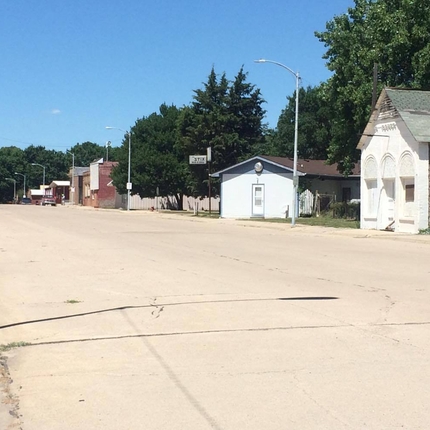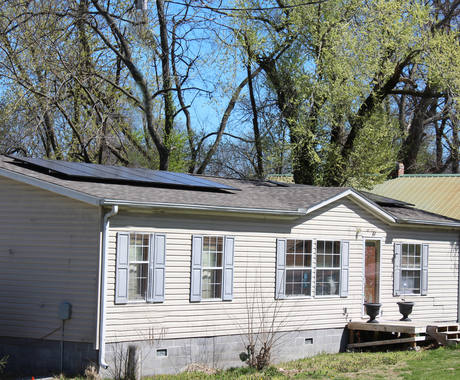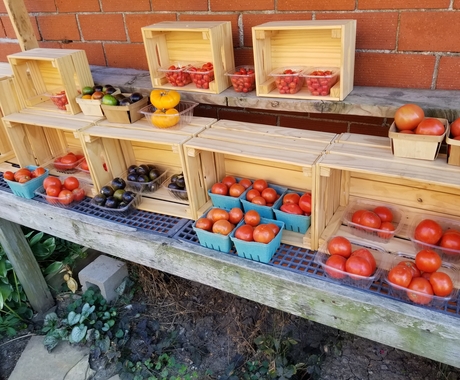By Jordan Rasmussen, former staff member
Over the years, U.S. Department of Agriculture Rural Development’s funding has served as a lifeline for rural communities, providing critical funding for water and wastewater infrastructure, public and community buildings, and essential community service facilities.
Without these grants and loans, many small communities would have to put off infrastructure or facility projects. When necessary projects are delayed, the quality of life in a small town is impacted, along with its economic prospects.
Rural Development seeks out communities that most need assistance, helping officials fill resource gaps and address quality of life challenges. Eligible communities must have been turned down for conventional financing and have fewer than 20,000 residents.
Recently, Oakdale, Nebraska, was able to leverage Rural Development funding to assist with a water improvement project. The village of 322 residents received nearly half the project cost.
Oakdale got a new groundwater supply well, replaced water mains, and installed new water meters. With the completion of the upgrade, the community was able to address a significant water loss issue while modernizing the water system. These repairs and upgrades provide water and cost savings for residents.
For many communities like Oakdale, a project totaling more than a half million dollars would be out of reach through traditional funding sources.
Without these opportunities, a heavy burden would be placed on rural communities with declining populations, lower-income residents, and fixed-income seniors. Property values would decline and infrastructure needs would be unfulfilled.
Feature photo: The village of Oakdale, Nebraska, recently developed a new groundwater supply well, replaced water mains, and installed new water meters. USDA Rural Development funded nearly half of the project. | Photo by DeManda McGowen




